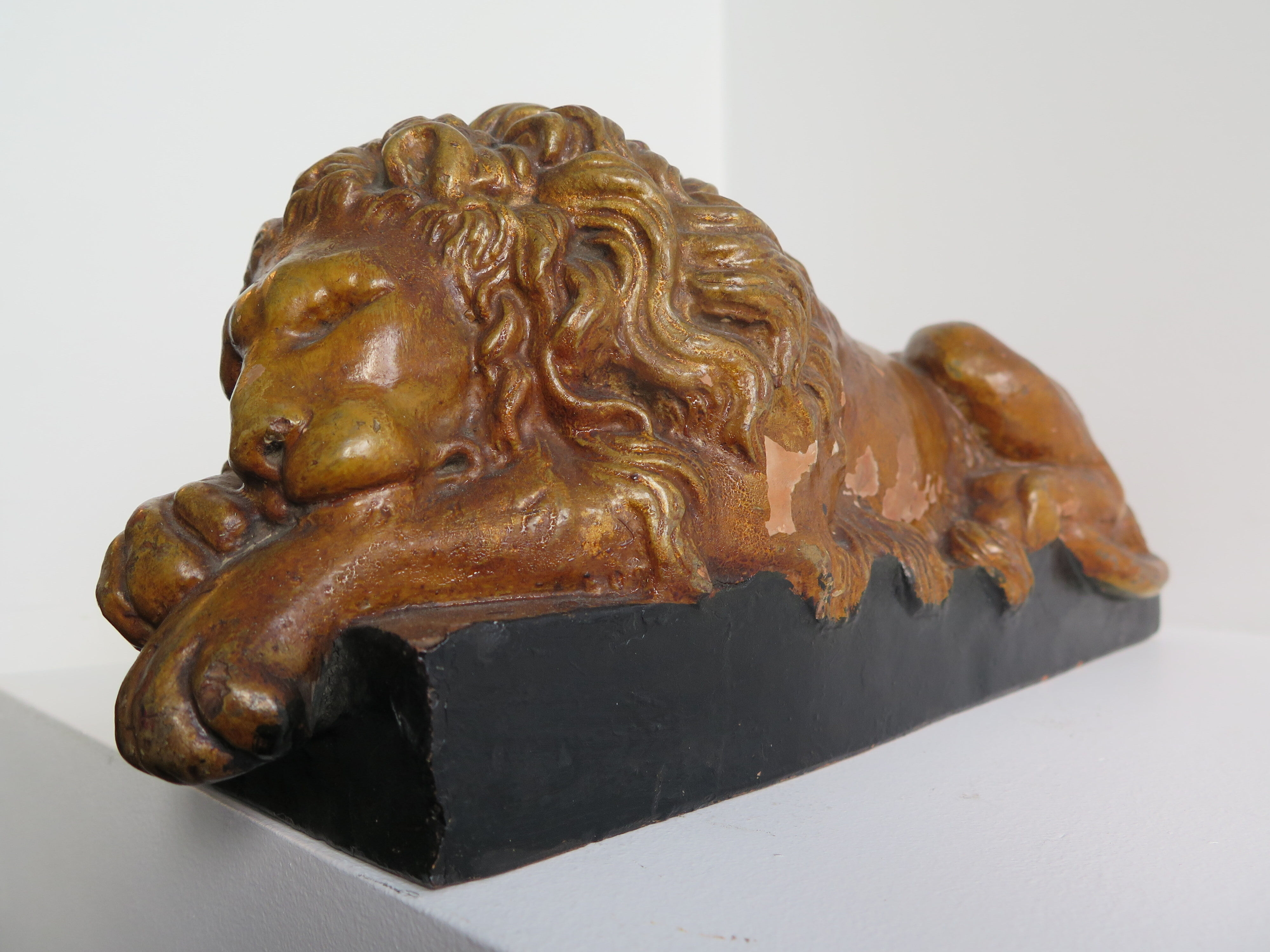HEAR ME ROAR

HEAR ME ROAR
By Donna Jones
The Lion! King of the Beasts … or just a slumbering layabout?!
Lions are everywhere in the history of Western iconography, literature and legend. From at least 32,000 years ago, when early hunters outlined a pride in France’s Chauvet Caves, to just a few years ago, when Disney re-imagined the pride as Hamlet’s dysfunctional royal family in the animated film, The Lion King; it seems lions have always held the human artistic imagination firmly in their grasp. This is not surprising, given that we once shared most of Europe, The Middle East and Africa with this powerful apex predator.
Historically, the lion’s ascribed characteristics of courage and strength were appropriated to define men, families, countries and religions. It’s easy to find examples: The Medici Lions on the steps of the Loggia dei Lanzi in Florence, the Winged Lion of St Mark flapping about Venice, the four mighty creatures devotedly sitting at the base of Nelson’s Column in Trafalgar Square and, of course, the great Britannia Lion who once roared his domination over the Empire.
So how does one explain the small pair of underwhelming, even woebegone, terracotta lions in The Johnston Collection; one is sleeping on the job and the other scarcely bothers to open his eyes? But, in this lack of leonine majesty, is an interesting story.
In 1769, Pope Clement XIII, from the upwardly mobile Venetian family, the Rezzonico, died. His nephew, seeking to cement the credentials of his aspiring family, approached the foremost sculptor of the day, Antonio Canova, to construct an elaborate tomb for his uncle in Rome’s St Peter’s Basilica. Canova’s creation was a monumental, theatrical, three-dimensional arrangement of sculptures descending from Clement at his devotions, through the two figures of Religion and Death, to a pair of lions flanking the entrance to his sepulchre and eternal life. In this context, the lions are not only symbols of power but also rather a sensitive allusion to Clement’s eleven-year papacy which was defined by Clement’s ultimately doomed attempt to steer a path of moderation in defence of the legendary Society of Jesus – otherwise known as the Jesuits.
By the time of Clement XIII’s papacy, the Jesuit Order, founded in France in 1540 and defined by its intellectuals, educators and missionaries, had grown large, powerful and wealthy. Much of the Jesuits’ ministry was in the New World where the commodities flowing back to Europe often involved exploitation of the local populations. The Jesuits’ advocation on behalf of indigenous peoples tended to put them in opposition to the administrators of the colonies – and this enmity, plus Enlightenment anticlericalism and, of course, the temptation to acquire the Jesuits’ resources, ultimately led to the Order’s expulsion from Spain, Portugal, France, Naples and their respective colonies. Total suppression of the Order by Clement’s successor, Pope Clement XIV, occurred in 1773. However, the Jesuits did manage to survive in Russia and Prussia through the toleration of Catherine the Great until their eventual “rehabilitation” in 1814. (An interesting note: the present pope, Francis, is the first Jesuit to hold papal office).
Clement’s inability to defend the Jesuits was a heavy personal blow as he had been educated by the Order and his failure to reciprocate their loyalty (Jesuits took a special vow of obedience to the papacy) was crushing. His sudden death, at the time of the final suppression debate, was attributed to this prolonged stress. Hence the lions at Clement’s tomb. They cannot roar victory but rather, weary from their struggles, they stoically accept that their fight is done.
The tomb’s lions were greatly admired for their detail and pathos and similar large copies were ordered from abroad. The best known are the marble pair at Chatsworth House, England and the bronze copies at the Corcoran Gallery of Art in Washington, DC. But hundreds of smaller copies in different materials and of varying quality were also produced in Rome for young men on the Grand Tour as souvenirs of their cultural improvement. Canova’s enormous workshop was part of this thriving Grand Tour industry. Canova even developed an early “sound and light” show providing candlelit tours of his establishment!
So, the two lions in The Johnston Collection probably joined the intaglios and Piranesi prints lugged home by a young Englishman, although their sad quality makes me imagine the source as a dubious figure, sliding out from the shadows, hissing “pssst - buono value, two for one, real Carrara”!
This article was originally published in fairhall, issue 22, October 2017, pp 22.
Journals
About US
Explore
Contact
VISIT
See our VISIT page for hours and directions
BY PHONE
+61 3 9416 2515
BY POST
PO Box 79, East Melbourne VIC 8002
ONLINE
General enquiries
Membership enquiries
Shop
Donation enquiries
Subscribe to E-Newsletter



